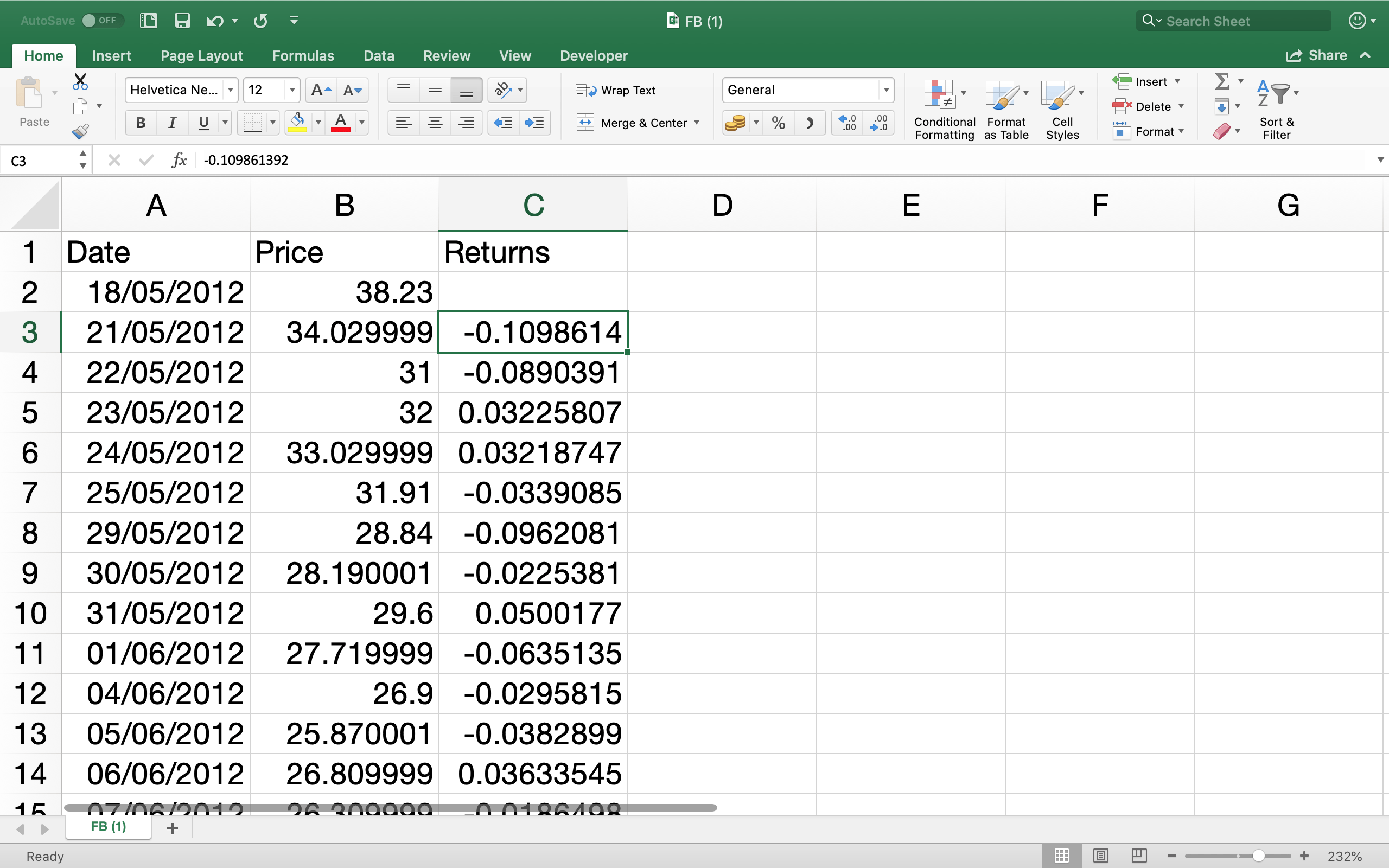

Because Excel considers the value as a text string.Īlso, here the date part (5-12-2020) in the formula is considered as a mathematical calculation: In the below example, even though A1 is greater than “4-12-2020”, the result is “TRUE”. Sometimes, when you comparing a date value with a cell, Excel may consider the date value as a text string or arithmetic calculation. Because a text is always considered as the largest value when compared to any number or date in Excel. When only a date is entered, its default time is 12:00 AM, which is midnight.

C2: A2 date is less than the B2, hence, TRUE.And you will see numbers of the above dates entered in excel as shown below.Įxcel uses these numbers whenever a date is involved in a calculation.

To see the numbers behind dates, press the shortcut keys Ctrl + ~ on the keyboard or change the format of the date to number or general. Excel date number starts from 1 st of January 1900 12:00 AM, which is saved as 1, 2 nd of January 1900 is saved as 2, and so on.įor instance, here a list of dates entered in Excel. One thing you should know when comparing dates is that Excel saves dates and time as numbers, but they are formatted to look like dates. Logical operators can also be used to compare between data types, like date and text or number and text, etc. Compare Dates with ‘<=’ Operator in Excelīesides text and numbers, you can also use the ‘less than or equal to’ operator to compare date values. And our formula would look like this: =0+(A1*B5)+(B2/2)+1Īnd the returning result would be ‘203’. Let us explain with an example.Įxample 1: If you want to check the text value in cell A3 is less than or equal to the value in cell B4, use this simple formula: =A3B3)+(A1*B5)+(B2/2)+(B6B3) returns ‘0’ and the last part of the formula (B6<=A3) returns ‘1’.
How do i create an if then formula in excel how to#
We'll teach you how to use the full range of logical operators, including "greater than" and "less than", in your formulas.You can use the ‘less than or equal to ( j, etc. If you found this article useful, consider taking a look at our full article on logical operators. But when working with more advanced conditional formulas - in particular, SUMIF and COUNTIF - you'll likely bump into scenarios in which only "" is sufficient (for example, if you want to sum up sales for all offices for which the office name is not "New York"). When you're using IF statements, you can swap around the order of arguments and generally use either "=" or "" in your formulas. Is there any advantage to using the "" operator instead of the equals sign? Definitely. Note that the above formula could be rewritten as follows, using the equals operator (=) but switching the order of the IF statement's value_if_true and value_if_false arguments: = IF( B3= "New York", "Headquarters", "Local office") Note that this formula outputs "Local office" for all the offices names that do not equal "New York" but, it outputs "Headquarters" when it sees that the office name is equal to "New York". To do so, we could use the following formula: = IF( B3 "New York", "Local office", "Headquarters") A SnackWorld manager wants to add a column to the spreadsheet that dynamically outputs whether a given office is the company headquarters or a local office. The company's headquarters is in New York, and all of the other offices are local. The spreadsheet above shows a list of SnackWorld's office locations around the country. If you haven't used IF statements yet, check out our IF statement tutorial first. The following example uses the IF function. Hint: For the last example above, you'll have to read up on how the RIGHT function works if you don't already know it! Output: FALSE = RIGHT( "Boston, MA", 2) "MA" Can you tell why the following formulas output the given results? = "Boston" "San Francisco" Of course, "" doesn't have to be used on numbers. This formula outputs FALSE, because 45 is equal to 45. Let's take a look at another simple example using integers: = 45 45 The above formula outputs TRUE, because 6 does not equal 8.

Let's take a look at the "does not equal" operator in action to see how we can use it in a simple formula: = 6 8 This is the exact opposite functionality of the equals sign (=), which will output TRUE if the values on either side of it are equal and FALSE if they are not. If they are not equal, it will output TRUE, and if they are equal, it will output FALSE. Whenever Excel sees this symbol in your formulas, it will assess whether the two statements on opposite sides of these brackets are equal to one another. Excel's "does not equal" operator is simple: a pair of brackets pointing away from each other, like so: " ".


 0 kommentar(er)
0 kommentar(er)
